YYYYMMDD >>> BACK HOME <<< >>> SELECTED FEATURES <<< >>> HIDDEN ARCHIVE <<<
[20220527]
TERRA INCOGNITA by CLAIRE BAILY at CASTOR [from 20220506 to 20220611]
[Photos: Castor]

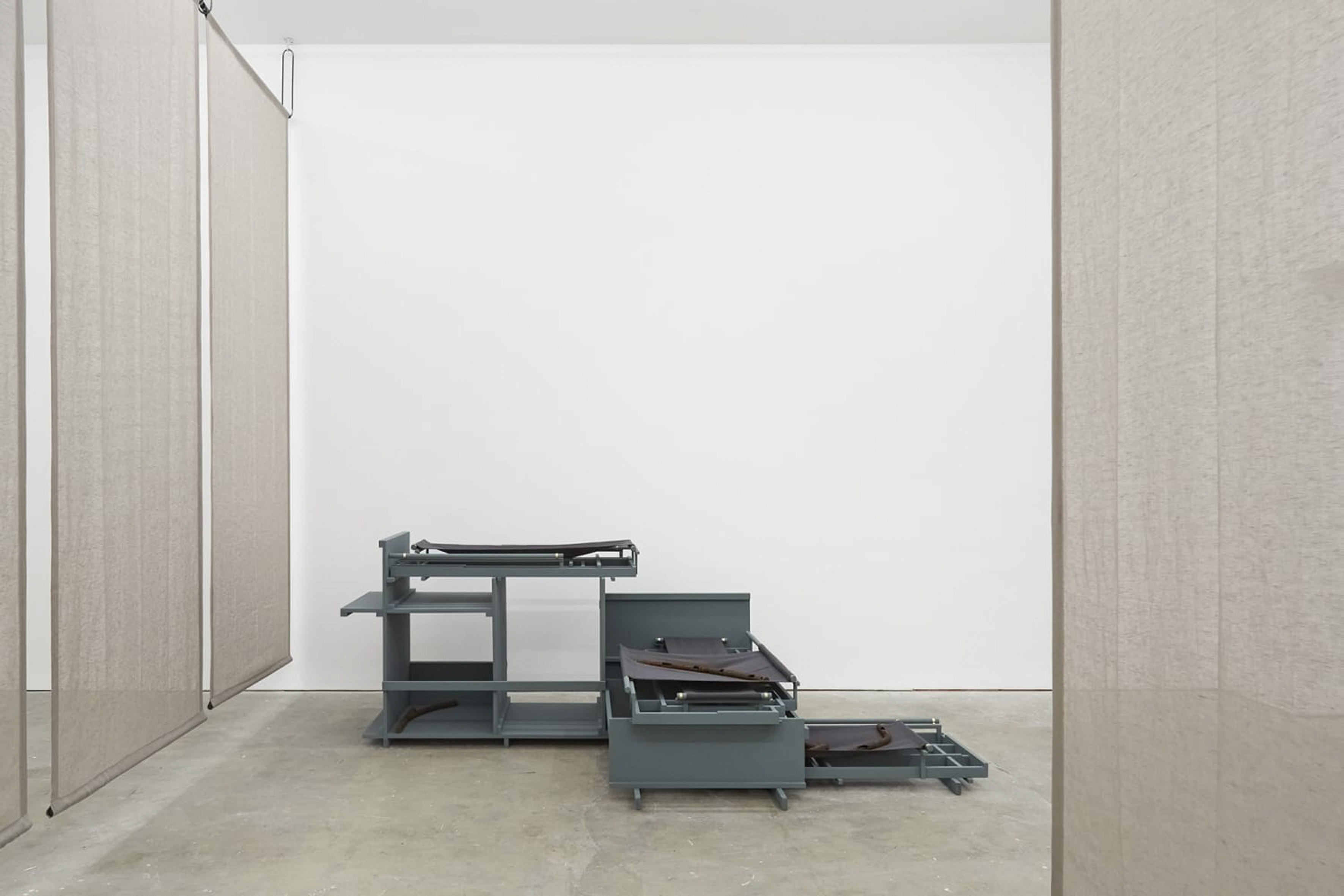

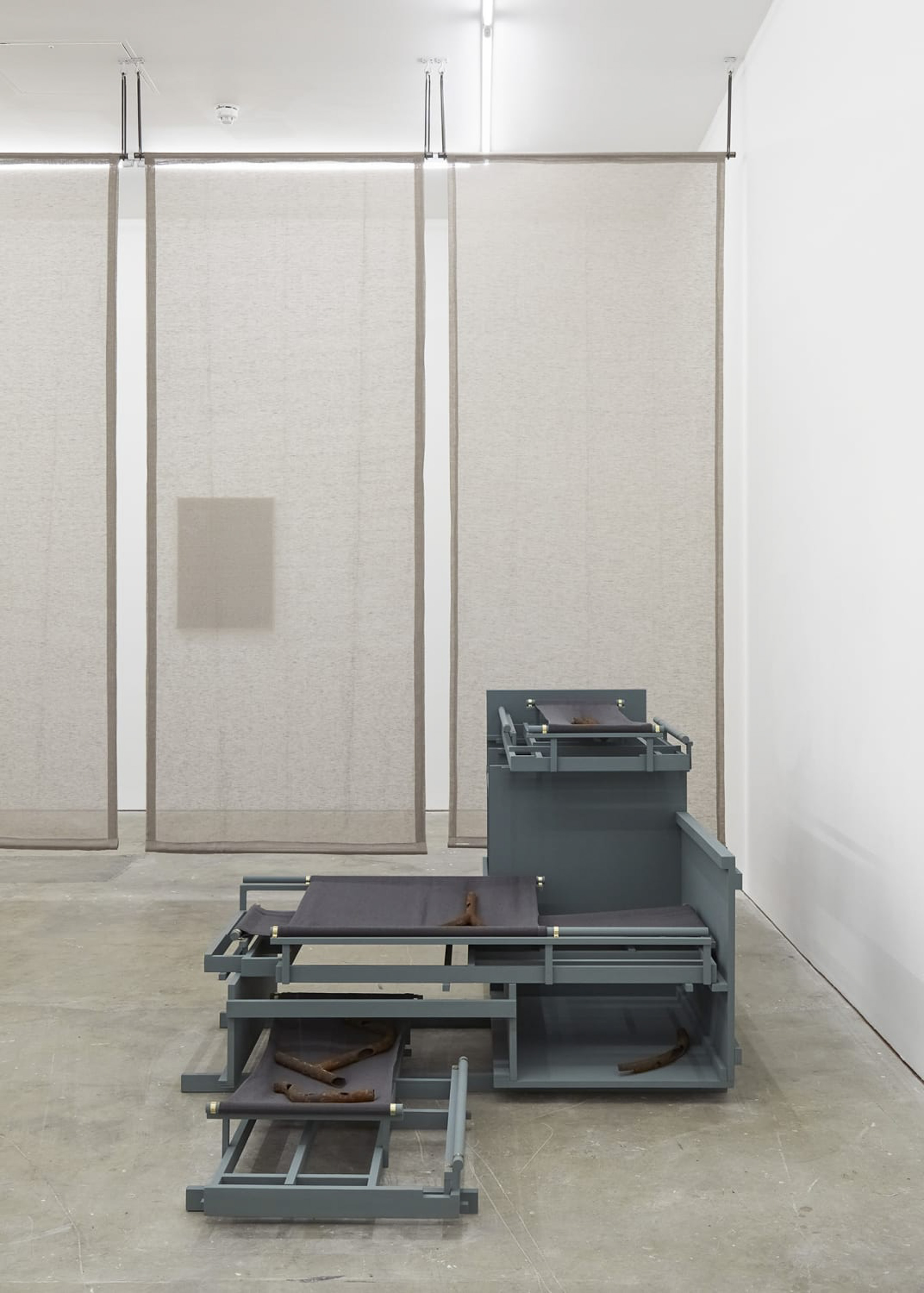
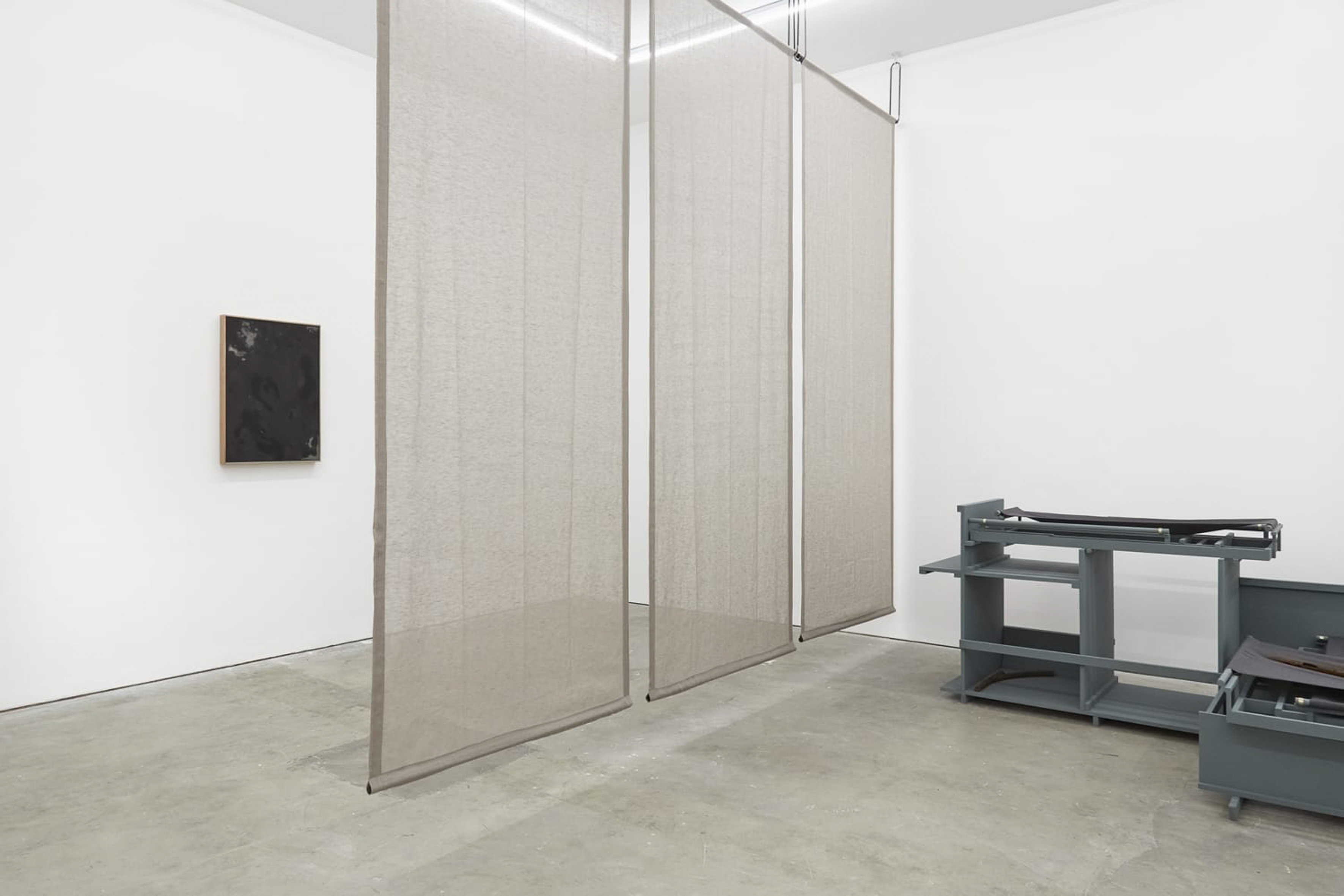
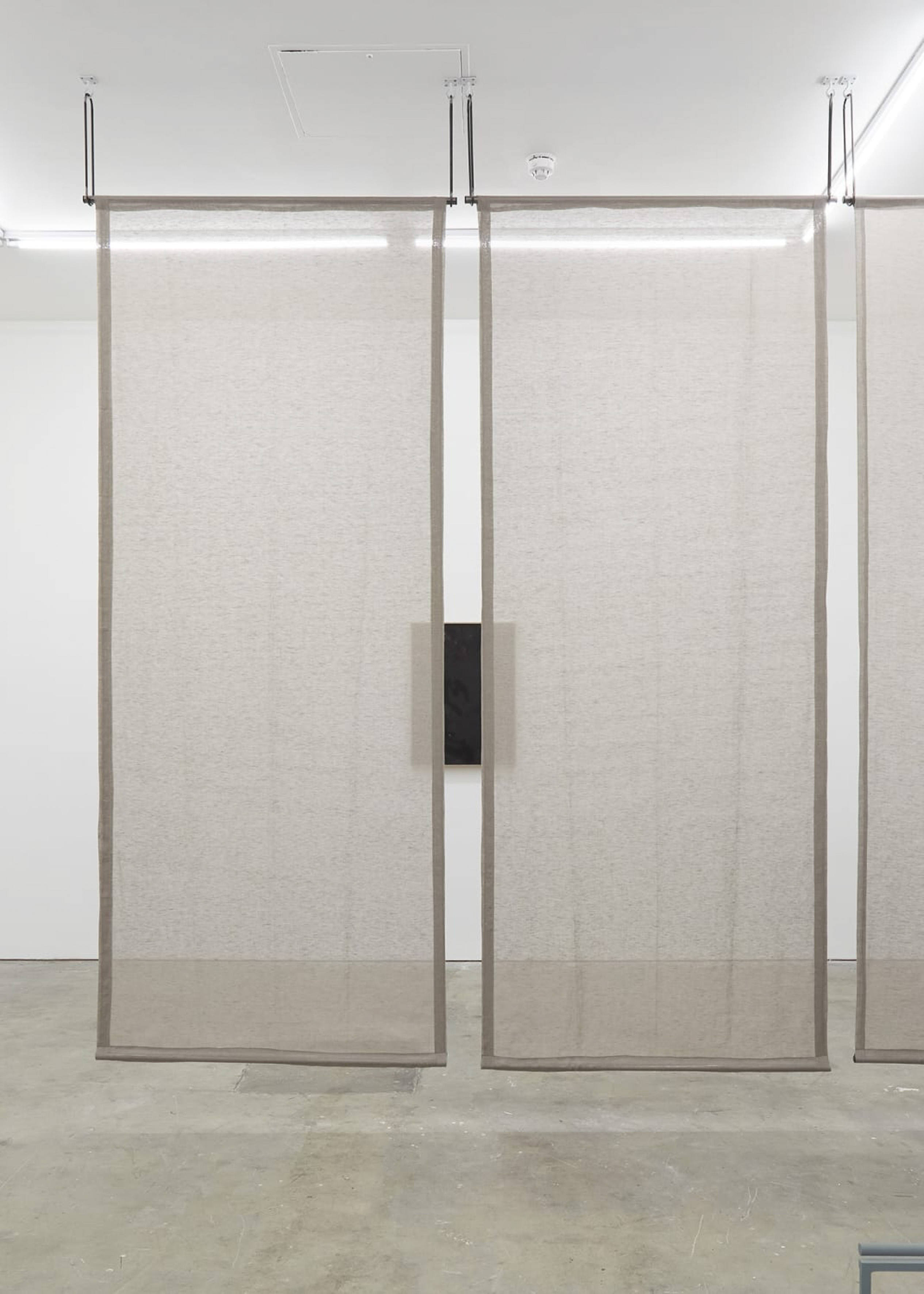
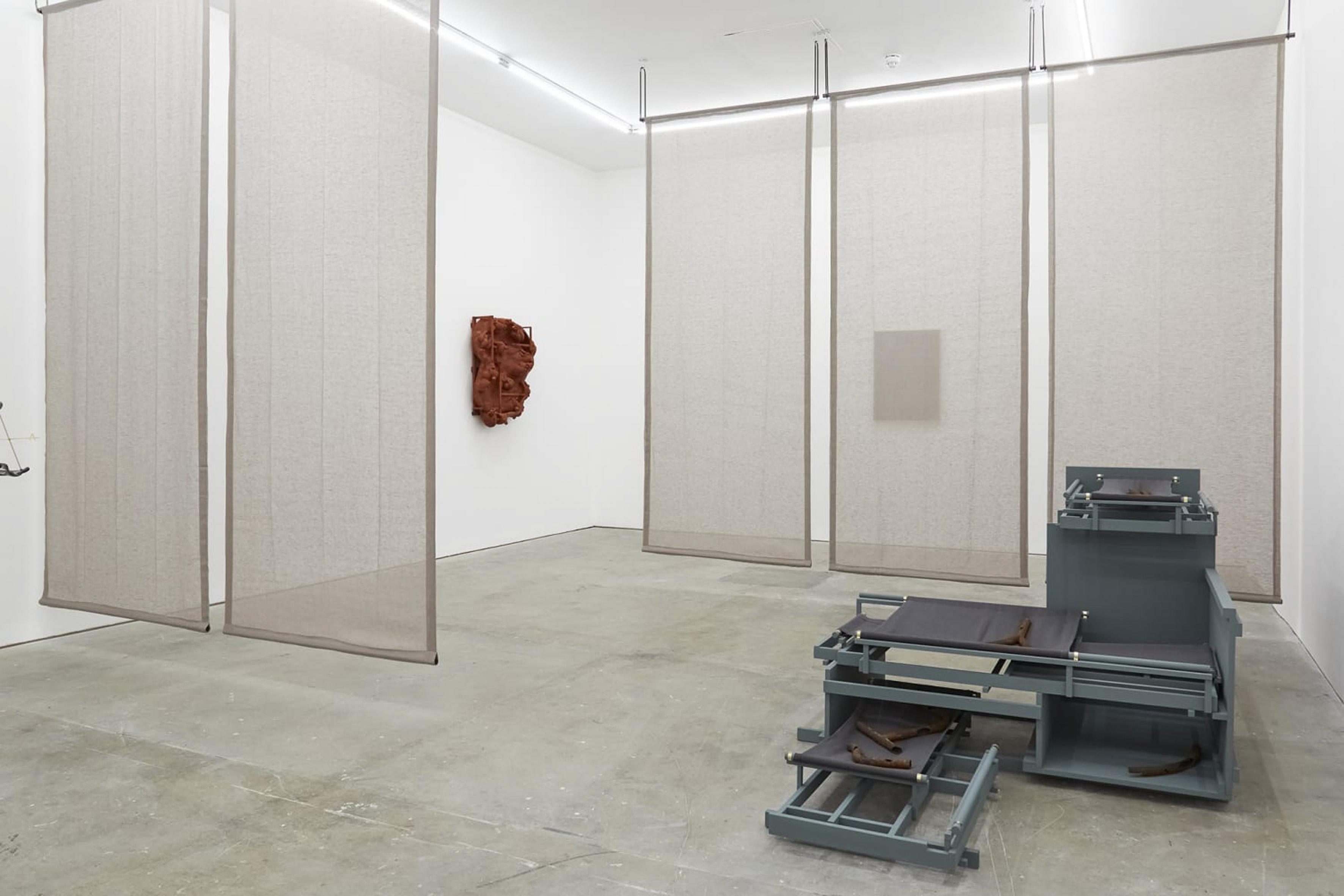
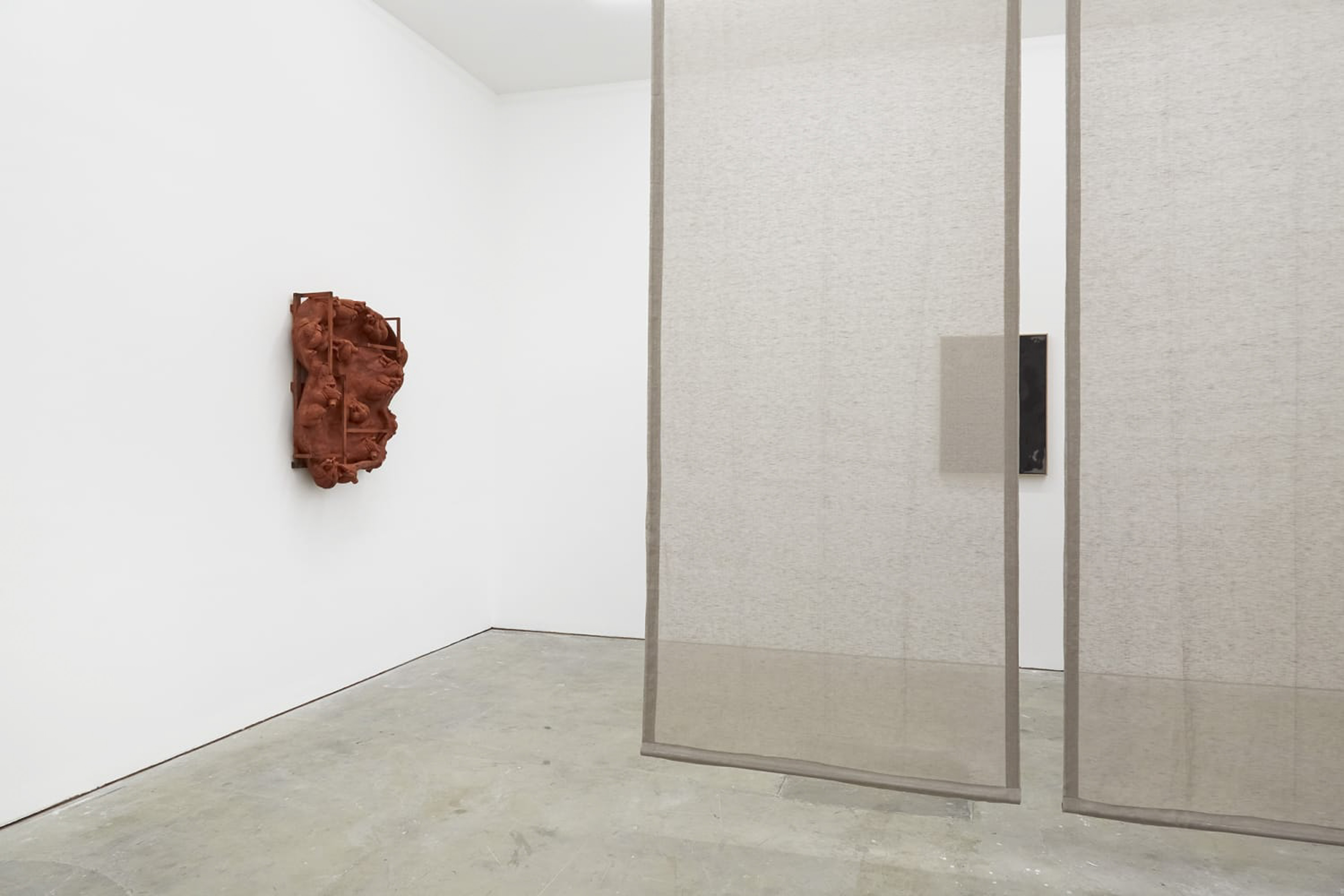

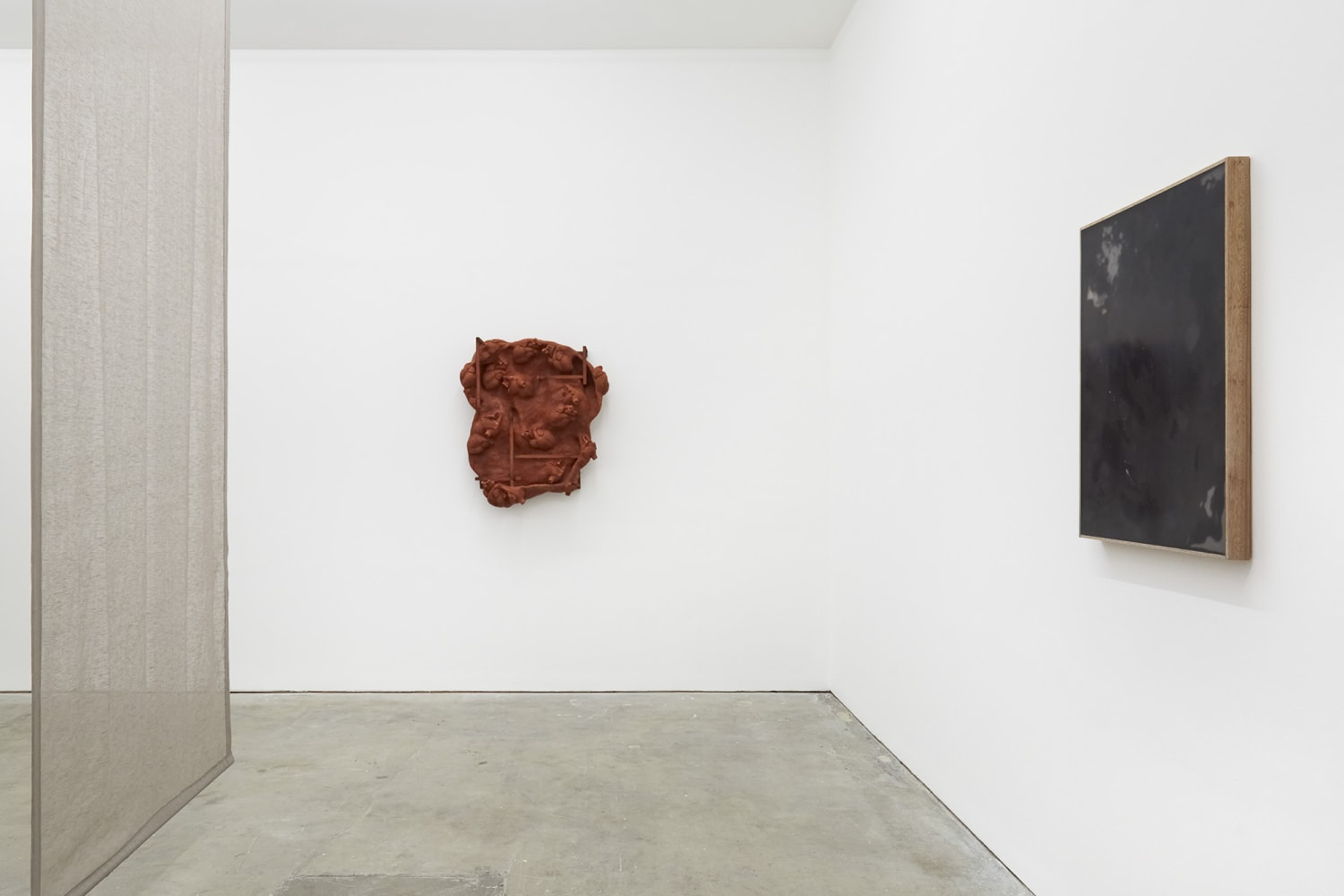
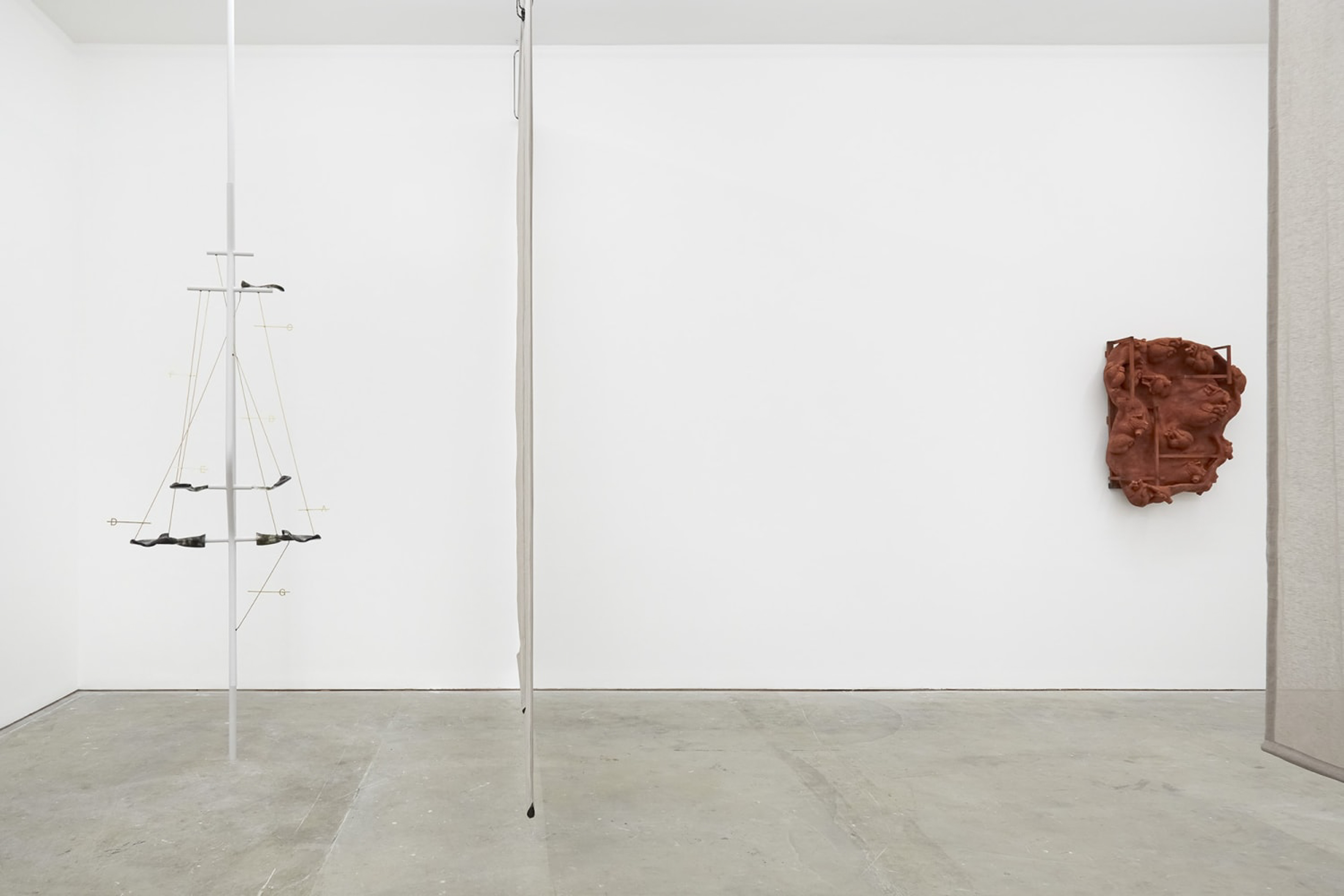
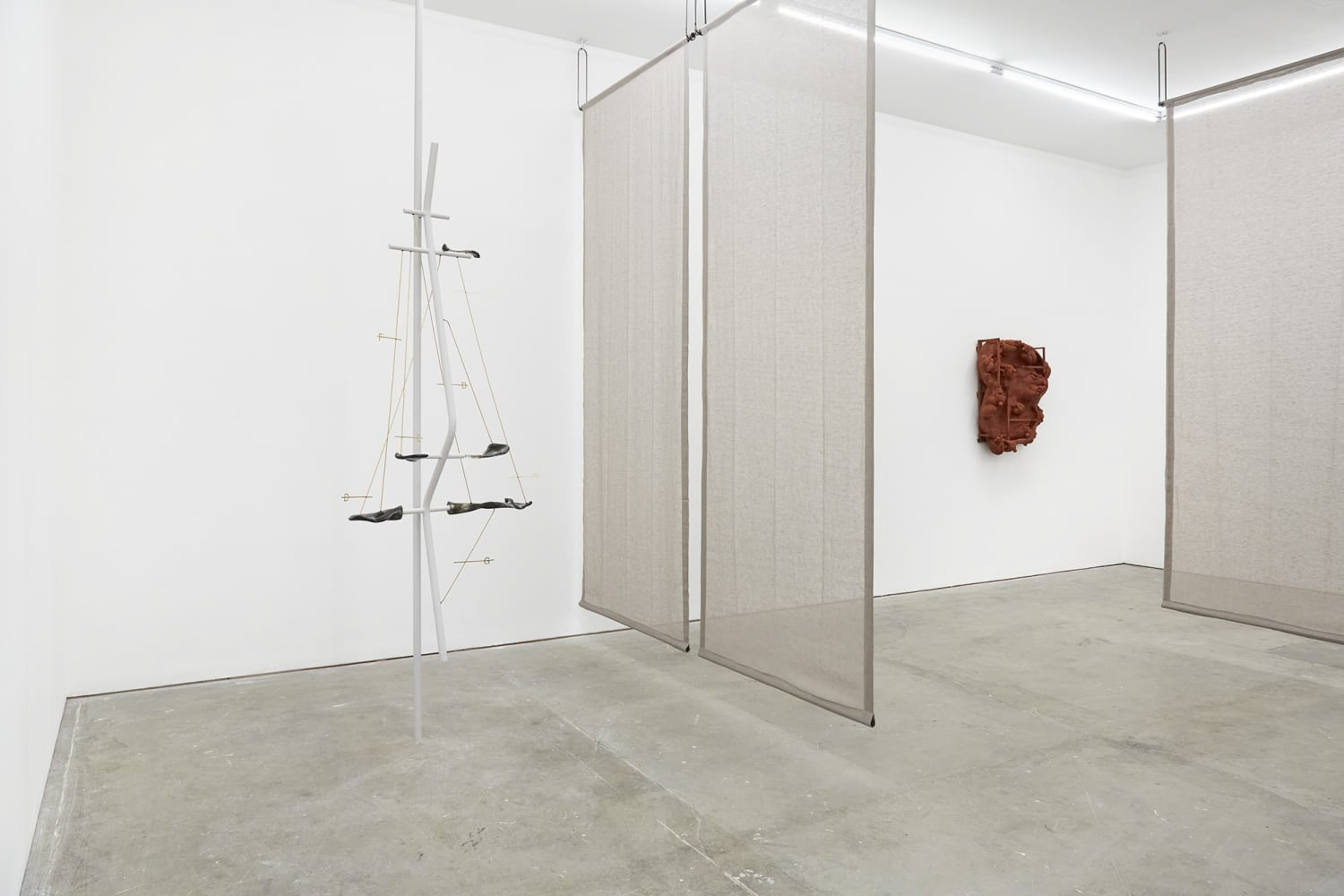
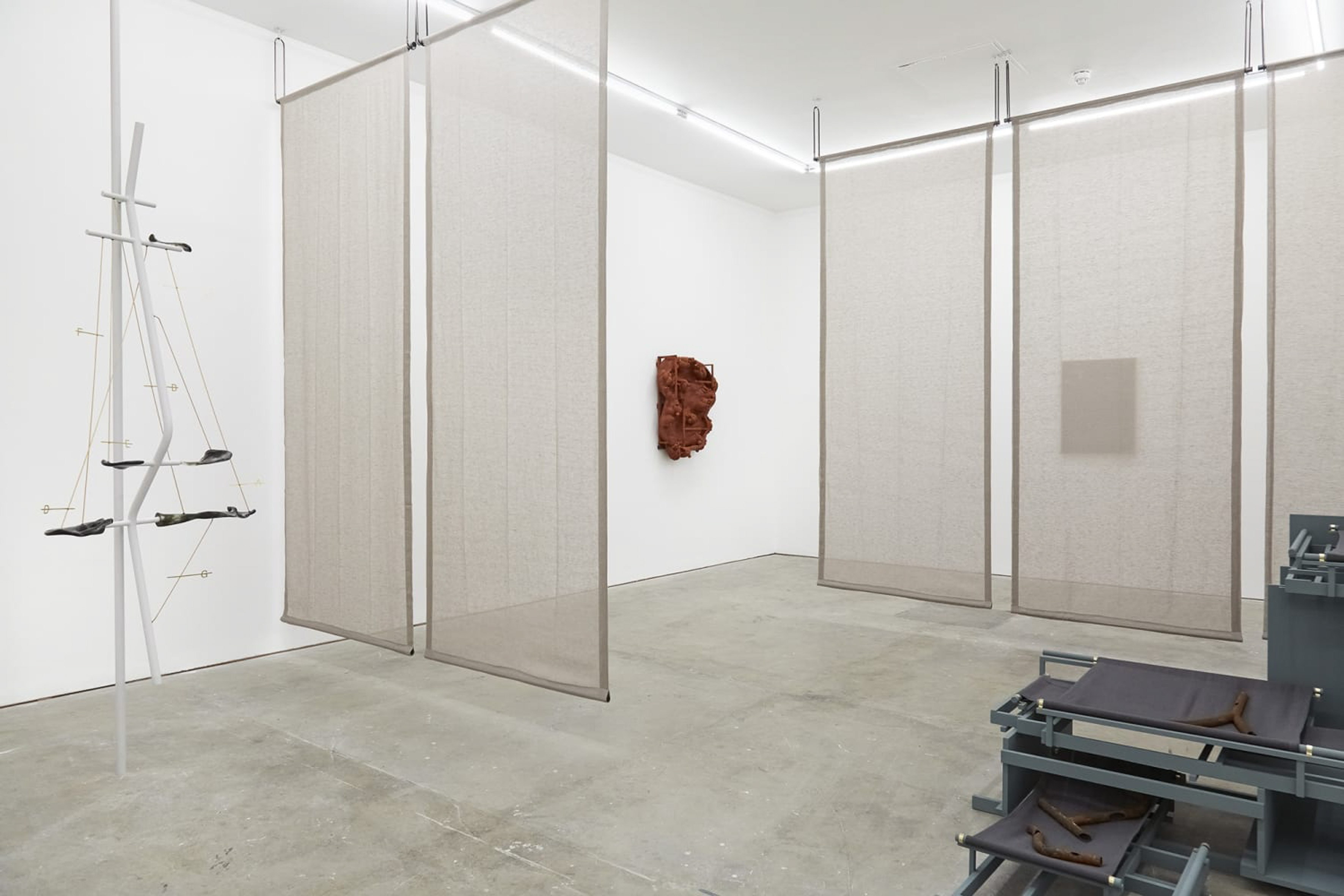
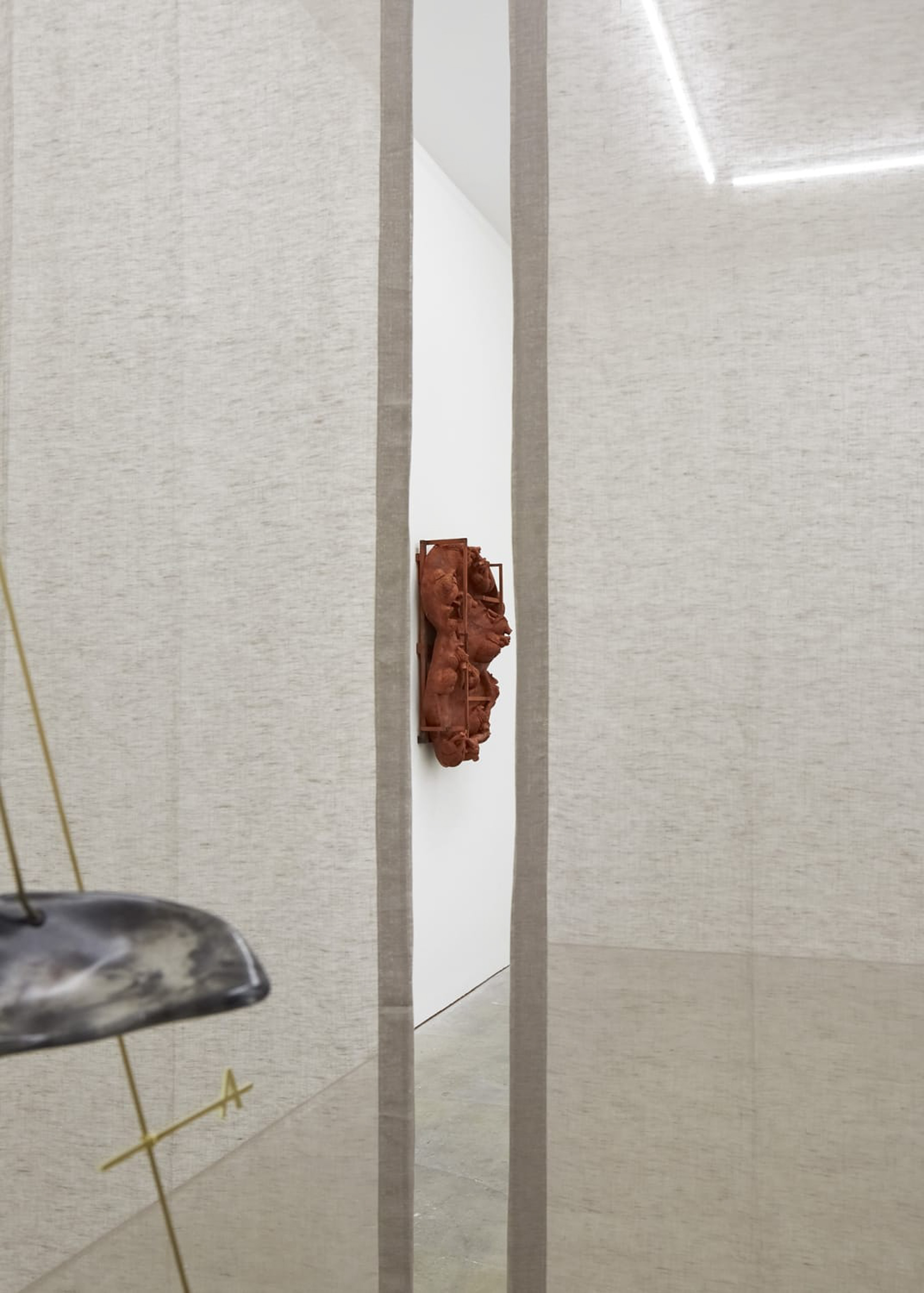

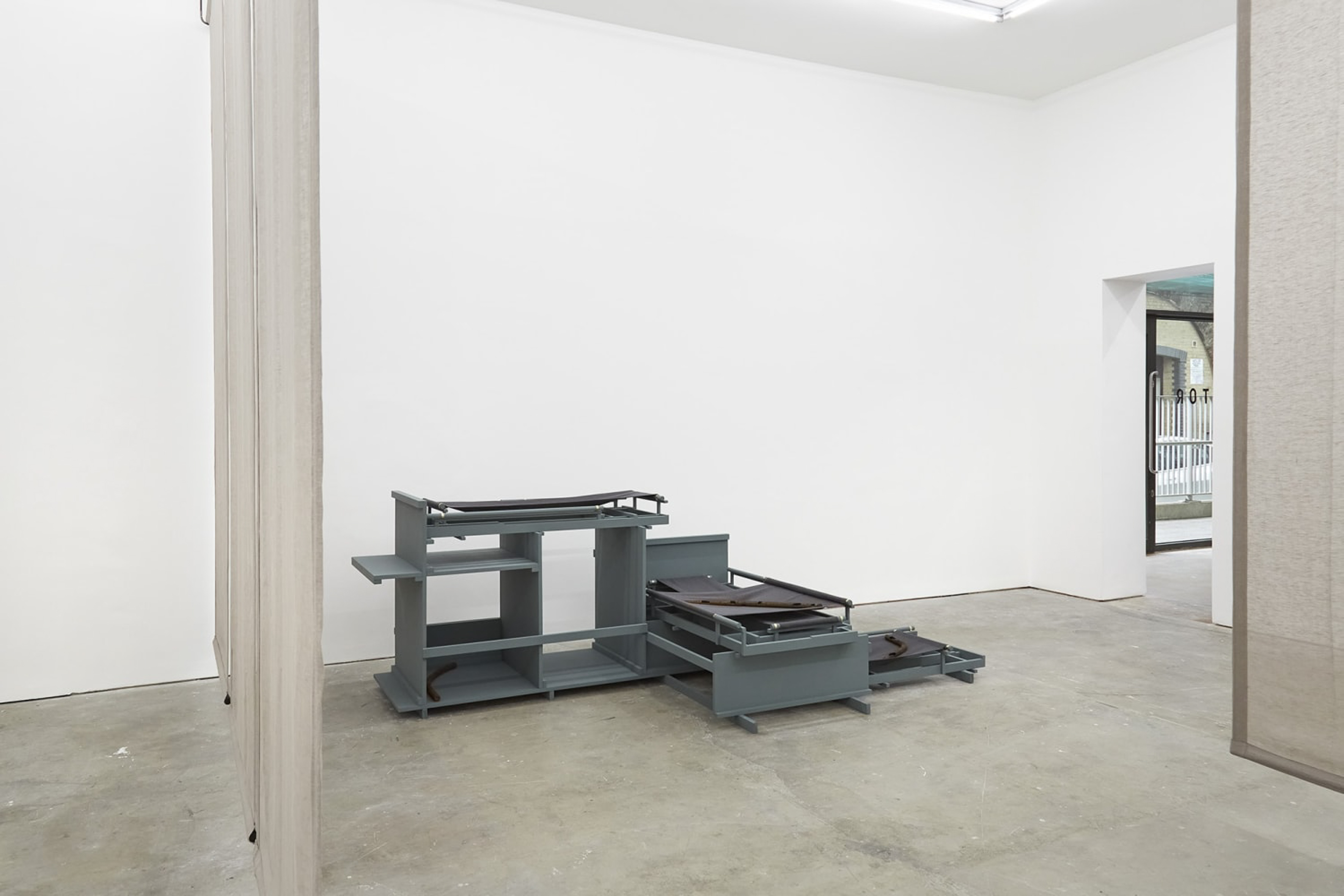
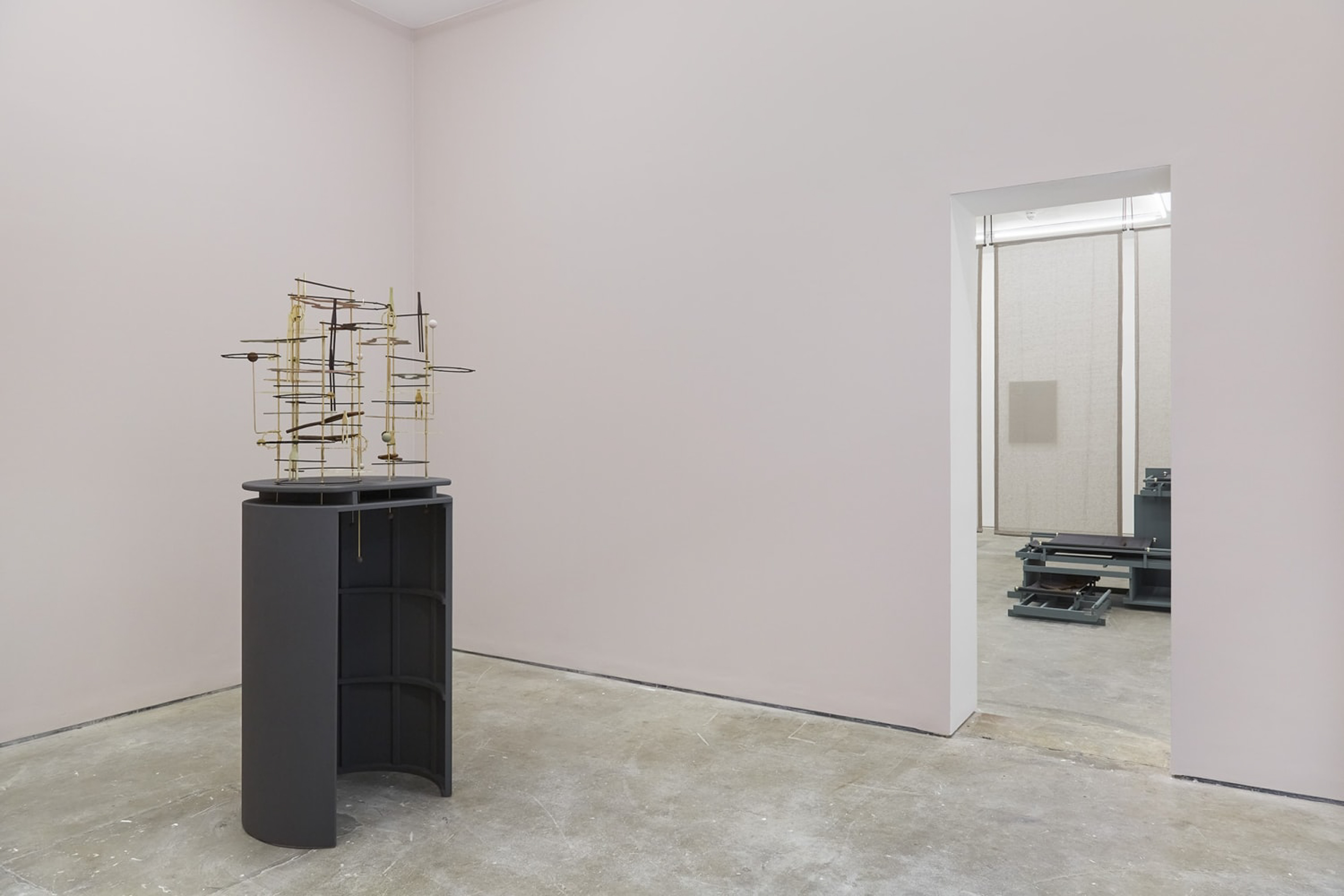
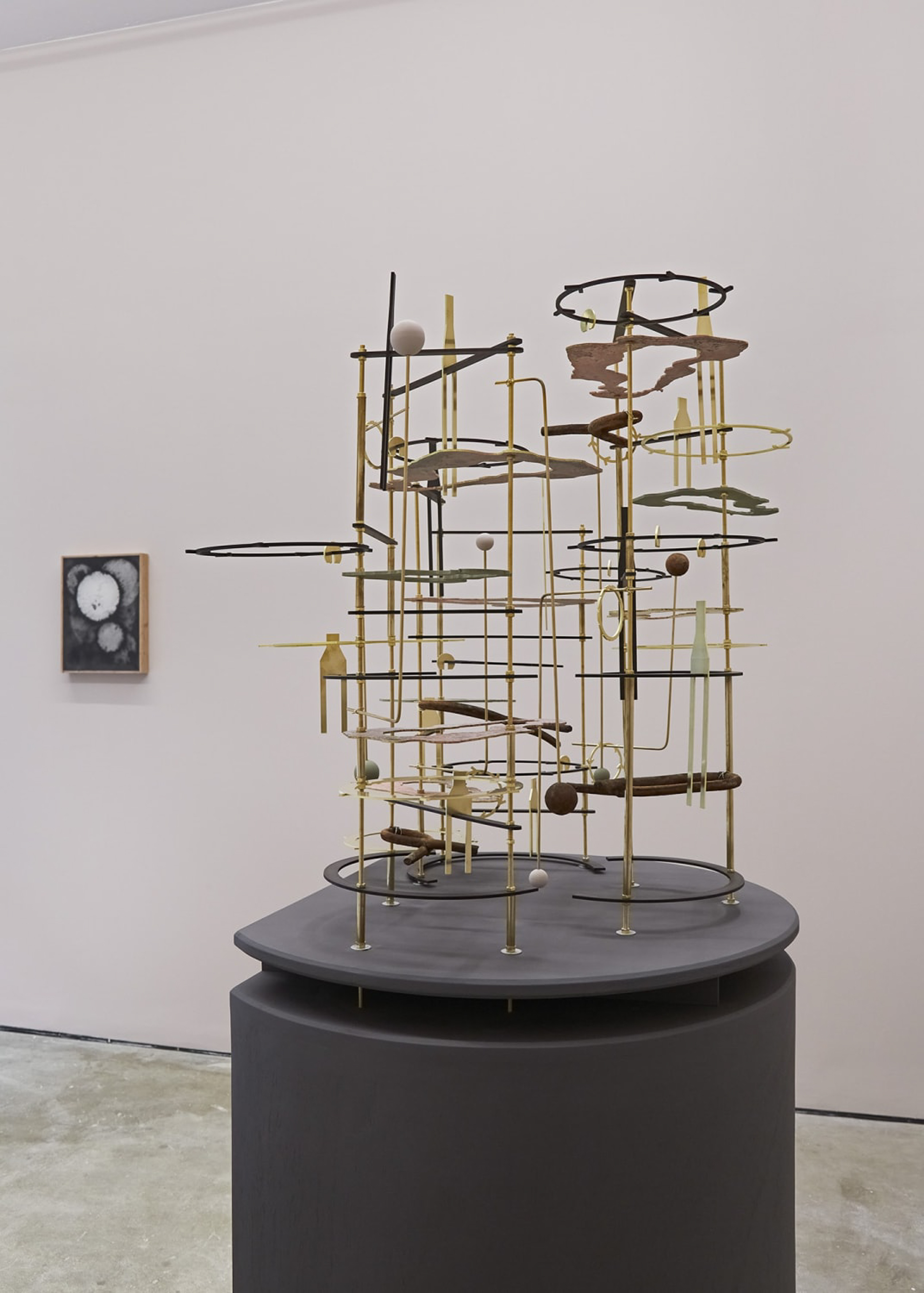
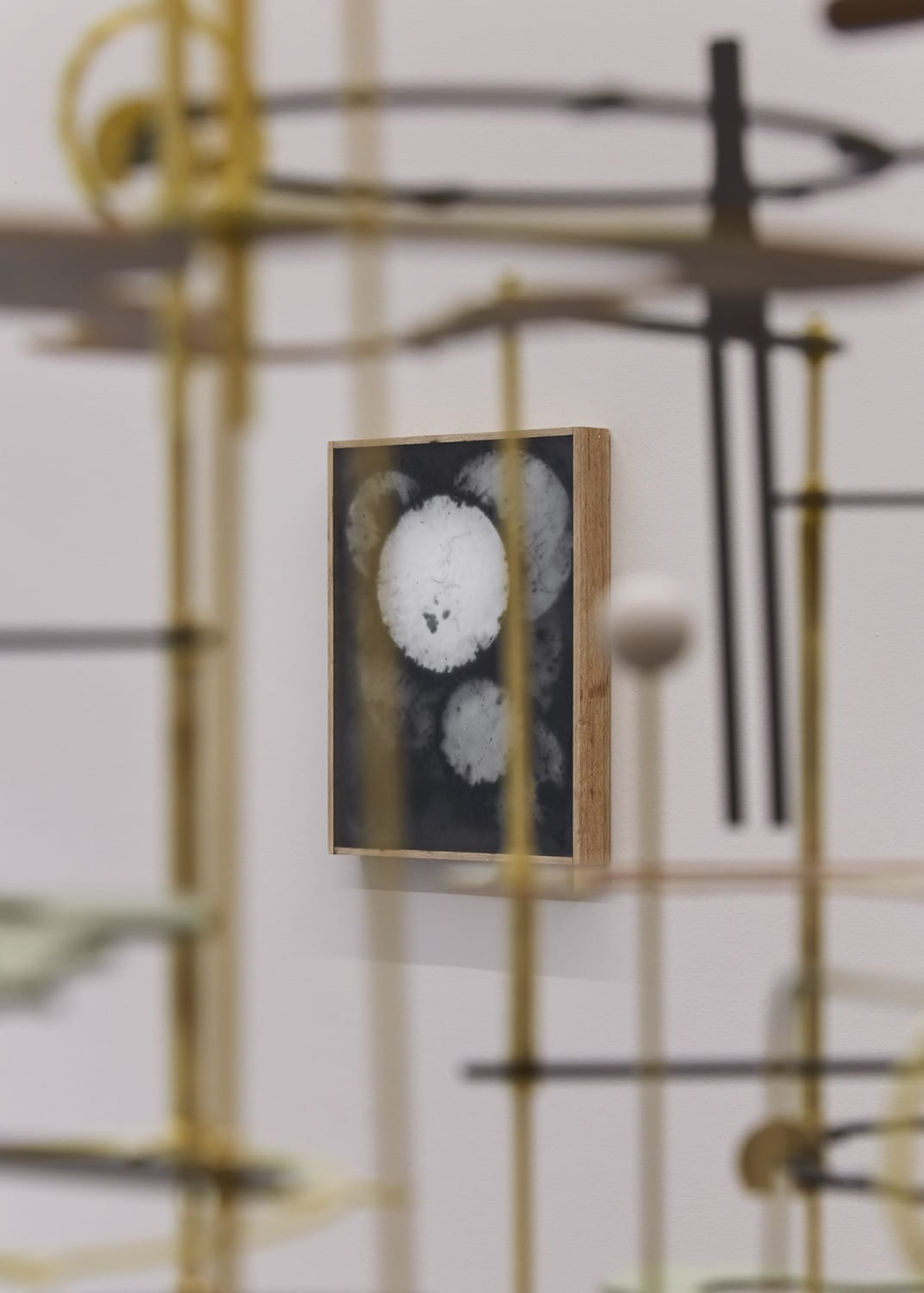
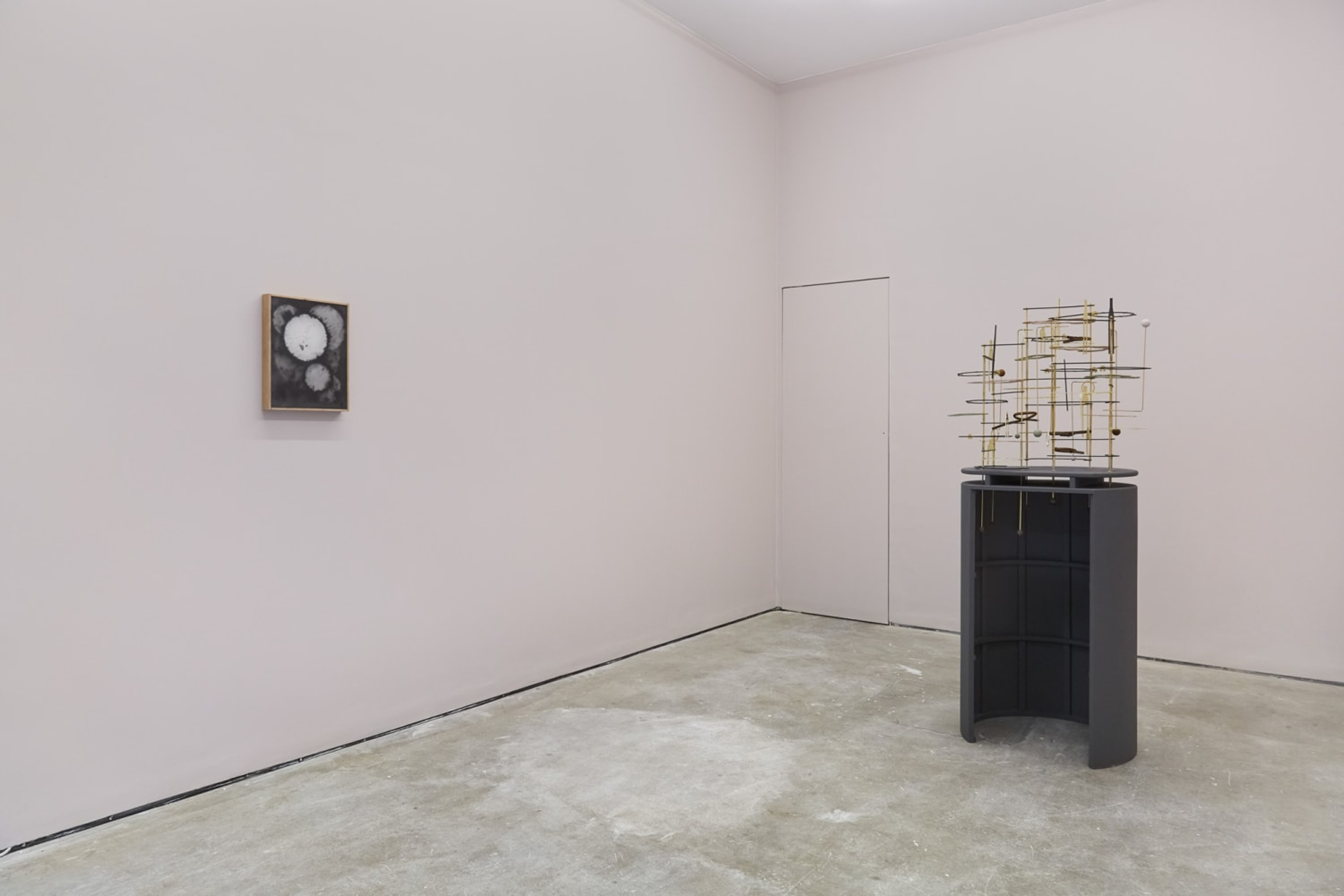

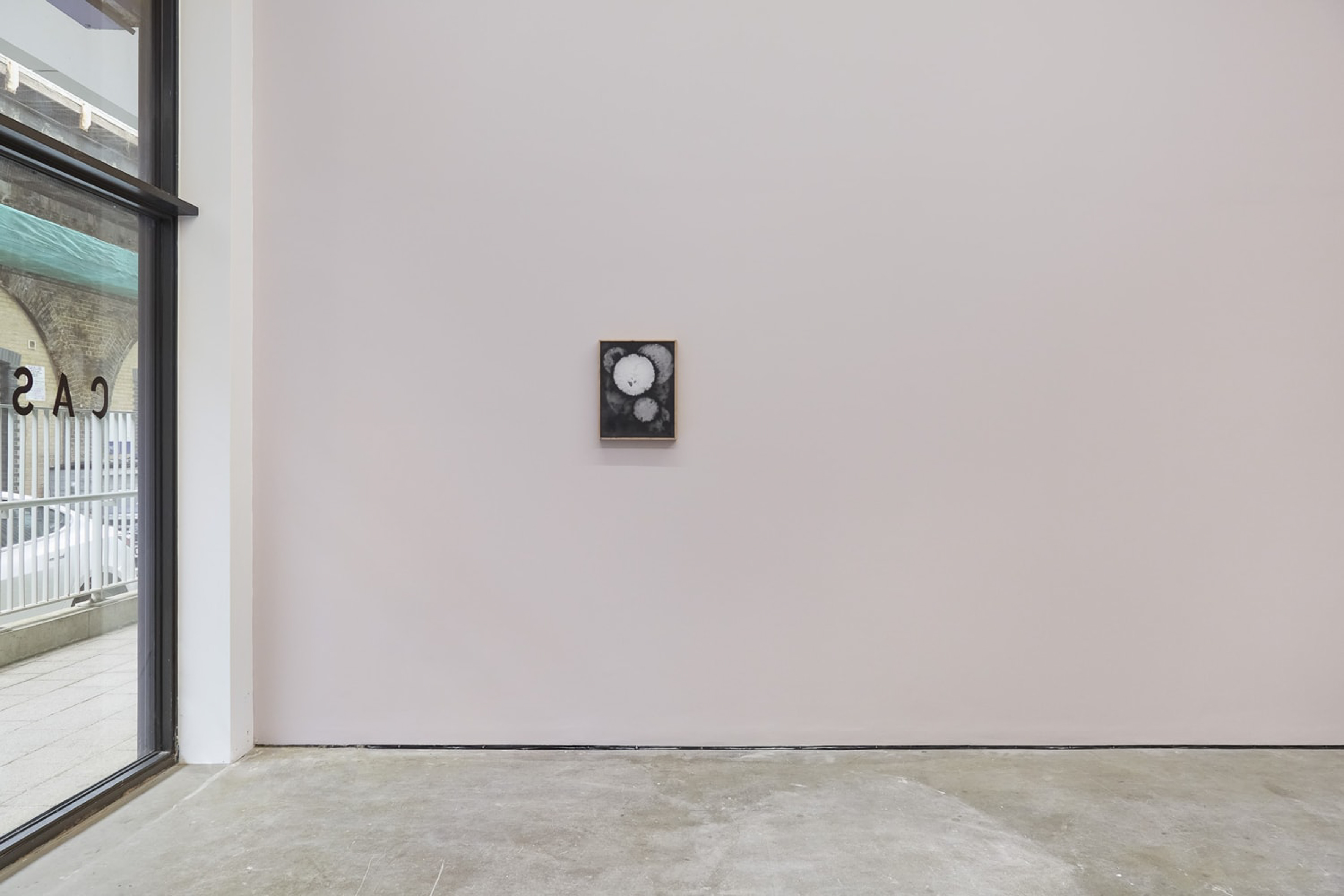
“Immobile images move, first slowly, repeating over and over those same moments and it’s like extracting ancient skeletons from sand: at first you see a single bone, but a brush soon uncovers more, until finally the whole complex structure is on display, the joints and articulations that comprise the construction that supports the body of time.
– Olga Tokarczuk, Flights (2007; trans. 2017)
Terra incognita (n): A place, subject, or situation that you are not familiar with.
A term typically used in cartography for regions that have not been mapped or documented.
For her solo exhibition at Castor, Claire Baily presents a new body of work exploring unknown and unknowable landscapes. Through a mixture of new wall-based and free-standing works, Baily investigates processes of mapping the mysterious underworld of both the earth and the body. A personal journey into the dark terrain of the human heart is countered by speculations about the materials and objects that will become the residues of the future. The artist draws on myth and traditional knowledge to conjure a notion of scrying the future by looking downwards and inwards, seeking illumination through darkness and interiority.
Terra Incognita evokes the present restless state of the earth. Shifts in climate and ecologies driven by human activity are causing what Baily describes as an “unsettling resurfacing”. Heatwaves have caused the land to shrink or lakes to evaporate, revealing the imprints of ancient forms and structures in the earth. The melting of the permafrost releases gases into the atmosphere, ancient deposits leaking through windows in the once impermeable surface of the frozen earth. There is a bubbling up too of bodies, bones, and objects. The once-buried reappears in a sort of self-excavation, like relief carvings created through a pressing-up from within rather than a scraping-away from above.
The exhibition emerges as an installation, creating distinct geographies within the exhibition space through a journey of encounters. Suspended veils partition the areas, partly obscuring the artworks and forcing the viewer to travel between and around them. Each work is experienced individually as well as collectively, creating networks within Baily’s creative world and encouraging a consideration of interconnections. The result is a distinctive cabinet of curiosities, of artefacts excavated from a speculative future or a lost past, which also speak powerfully to the present moment and the human perspective.
Much of the work in the show is inspired, directly or indirectly, by Olga Tokarczuk’s novel Flights (2007; trans. 2017). This fragmentary novel, translated from the original Polish, is made up of 116 short vignettes all narrated by an unnamed female traveller. Baily’s exhibition echoes Tokarczuk’s use of fragmentary, allusive narratives, and draws on the ideas presented in the novel surrounding the nature of time, the ageing female body, and excavation.
The show opens with a wall piece evoking the strata of the earth and the revelation of organic deposits. Bubbles appear like ancient gases trapped in archival ice cores, libraries of molecular information on the brink of being lost in a warming climate. Nearby, a freestanding work evokes the many interconnected networks that make up our world, from the neurological pathways of the brain to the mycorrhizal Wood Wide Web to the orbital patterns of the planets. Borrowing shapes and linearities from antique geological maps, The Right Time and Place challenges traditional modes of charting individual phenomena, suggesting a way of allowing different types of knowledge and different ways of understanding time and place within a single diagrammatical object.
The second room draws out the themes of mapping, display, and the relationships between interior and exterior landscapes. Bones formed of organic and inorganic matter such as resin, lichen, and ink are arranged in the style of an anatomical model that could have been derived from the past or the future; a display of archaeological finds or a precious relic from another planet. The bones resemble the pelvis; the work considers the anatomical design of the female body to give birth to children and questions what is means to live in a female body in the current age. The pelvis is a hidden space within the body, like an unexplored chasm opened under the surface of the earth; Baily suggests that imaginatively exploring the pelvis could be a way of accessing the underworld.
The aesthetics of display are investigated further in Precious Cargo, in which wooden display platforms showcase a range of objects that resemble dowsing rods. These are usually forked tree branches or bent metal poles used to divine the location of underground watersources; dowsers tap into the energies of the earth to reveal subterranean landscapes and hidden topographies. Baily’s work suggests a possible analogy between the water diviner and the artist, both of whom are concerned with interpreting signs and bringing to light hidden phenomena.
At its centre, Terra Incognita is deeply concerned with the human heart in its interwoven literal and metaphorical senses. In Rest Now My Melancholic Heart, human hearts appear to emerge from the dry earth like fossils shaken to the surface. The heart represents both the known and unknown; an intimately felt organ that nonetheless continues to unfold new mysteries, a terra incognita in the underworld of our bodies. For Baily, this is part of a personal journey into heartbreak, a metaphorical dissection of her own heart in order to understand its hurt.
The show closes with another resin wall piece titled How Will You Remember Me? In this work, the bones of an unknown creature rise to the surface of an oily substance, speaking to issues of pollution and the unsettling of the seabed through extractive processes. The piece speaks to human legacies on interrelated personal and planetary scales; how our actions impact both the mysterious dark spaces of the human heart and the geological strata under our feet.
All the works in Terra Incognita share a root in materiality. Baily’s practice is concerned with the interaction between the organic and the inorganic and with the combining or layering of materials. In a departure from previous exhibitions of her work, here Baily presents a number of free-standing sculptures alongside her more familiar wall-based pieces, pushing her ongoing evaluation of materials into three dimensions.
The exhibition represents a journey of discovery, a revelatory voyage into the underworlds of land and body. Through a nonlinear network of ideas, connections, and patterns, Baily leans into the tensions and spaces between past and future, interior and exterior, loss and hope. Her works prompt curiosity about the material world and offer opportunities to scry the future by gazing into the darkness. What emerges is simultaneously both familiar and foreign, known and unknowable; a terra incognita.
[Text: Anna Souter] [Anna Souter is an independent writer, editor and curator with an interest in contemporary art and ecology.]
©YYYYMMDD 2021 All content and design by Daniela Grabosch + Ricardo Almeida Roque unless otherwise stated. Images, Videos and Texts can only be used under permission of the author(s).